
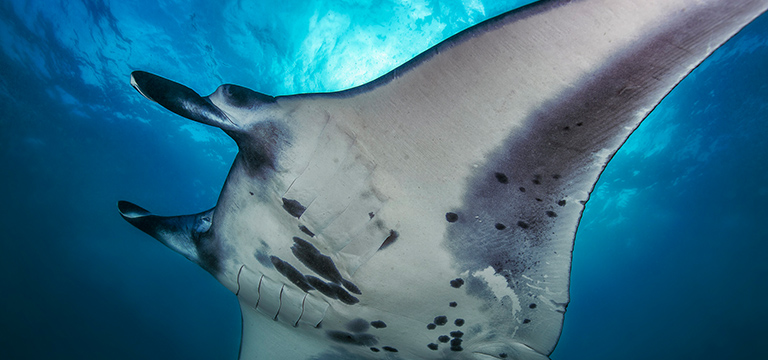
feature wild files: marine life at maratua
situation
384 square kilometers of pristine beaches and mangrove forests
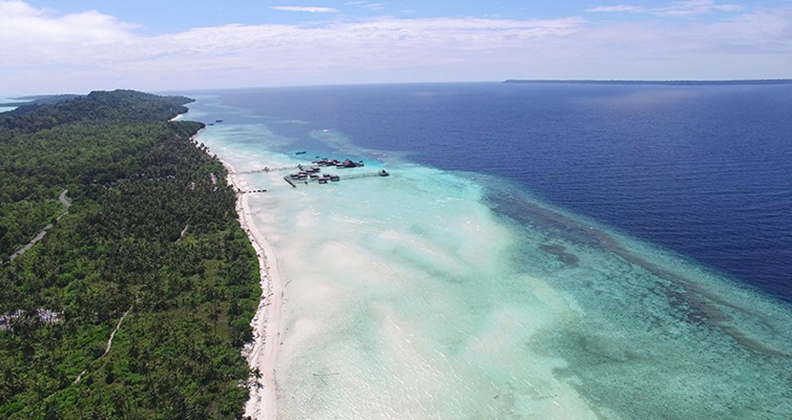
Surrounding waters are believed to host the third-highest level of marine biodiversity in the world.
1,000+ marine species in the Derawan Archipelago
Maratua has more than 20 dive spots where a variety of species can be observed, such as:
manta rays
green sea turtles
barracuda
sharks
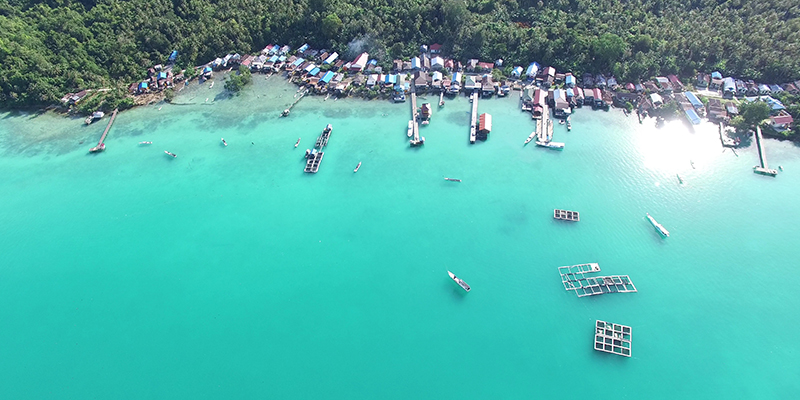
Maratua Island has a population of about
3,000 people
Most belong to the Bajo Tribes, also known as Sea Gypsies, an ethnic group with deep knowledge of the coastal ecosystem.
However, Maratua’s biodiversity is threatened by:
- rising temperatures
- higher tides
- land erosion
- destructive fishing practices
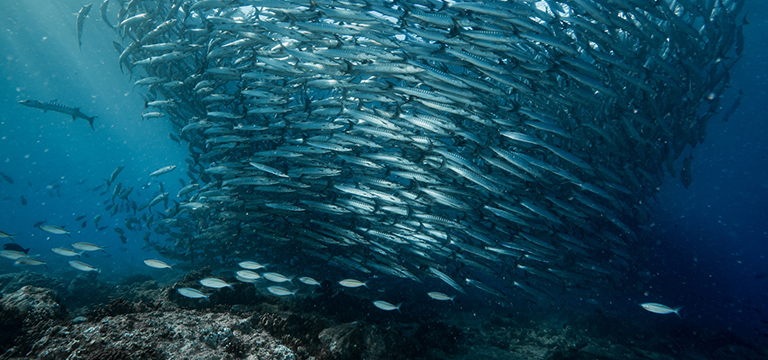
actions taken
To protect Maratua’s biodiversity, the Maratua Ecotourism for Sustainable Small Islands program (MESSI) was formed as a collaboration between:
- Yas Marina
- the KEHATI foundation, a non-governmental organization
- local government agencies
After rigorous consultation with stakeholders, MESSI partnered with locals to:
- develop ecotourism plans for Maratua diving
- raise the community’s awareness of climate change
- implement reef rehabilitation and conservation programs for protected species like the green sea turtle
green sea turtles
These turtles are listed as an endangered species by the International Union for Conservation of Nature (IUCN).
Major threats include:
- loss of nesting beaches
- hunting
- pollution
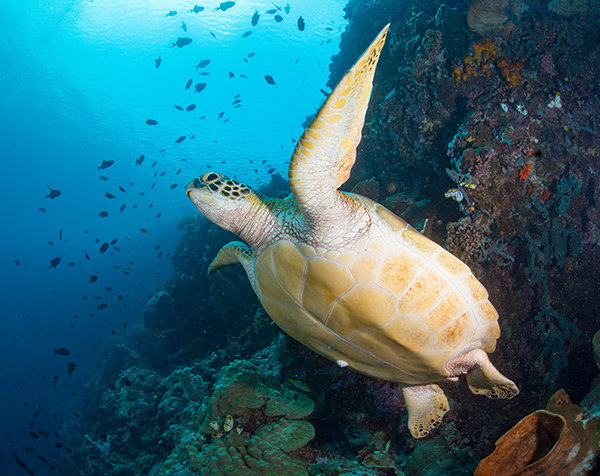
grow to a length of 4 feet
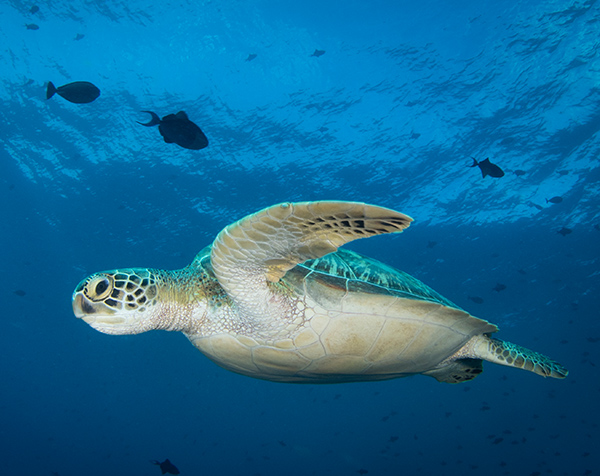
live to be 80 years old
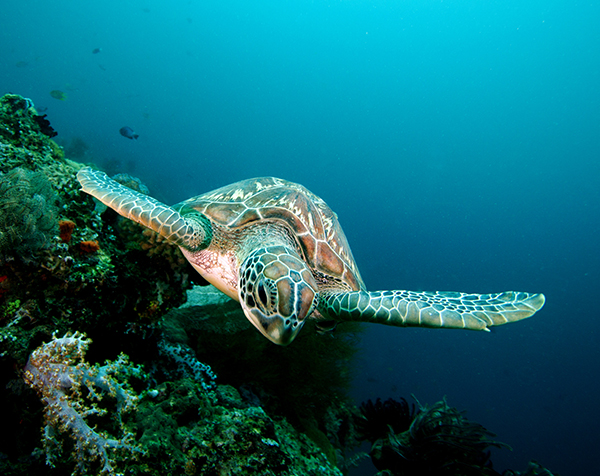
breathe air but can stay underwater for up to two hours
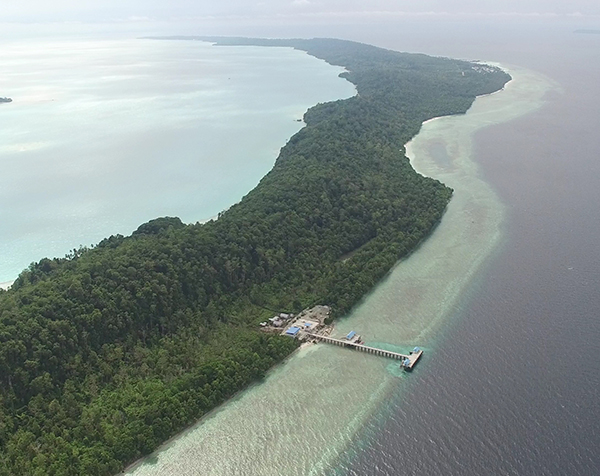
return to the same beach every year to lay up to 100 eggs, which hatch two months later
results
MESSI’s Maratua Eco Dive Center
- Built in 2016
- Encourages the use of homestay programs managed by women
- Additional monthly income of about $80 (or 1.2 million Indonesian rupiah) generated for the 200 homestay families in a nearby fishing village called Bohe Sellian
MESSI’s ecotourism activities have influenced residents to participate in environmental conservation and reduce pressure on natural resources.
The program also provides hospitality and management training to help elevate ecotourism standards for local businesses.
reef manta rays
Reef manta rays are listed as a vulnerable species by the IUCN.
- primary threat comes from fishing and habitat degradation
- large size and slow swimming speed make them an easy target
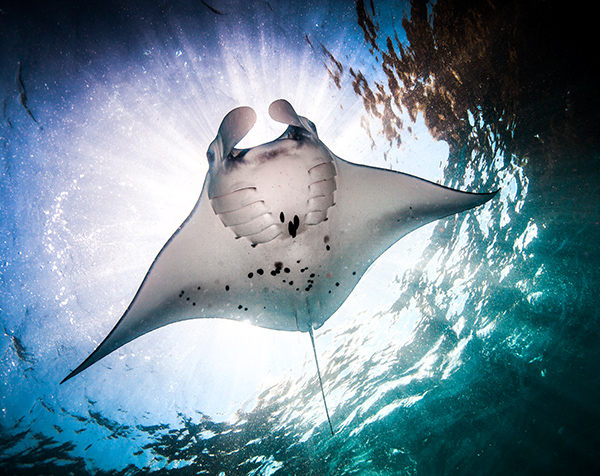
grow to an average width of 400 centimeters (about 13 feet)
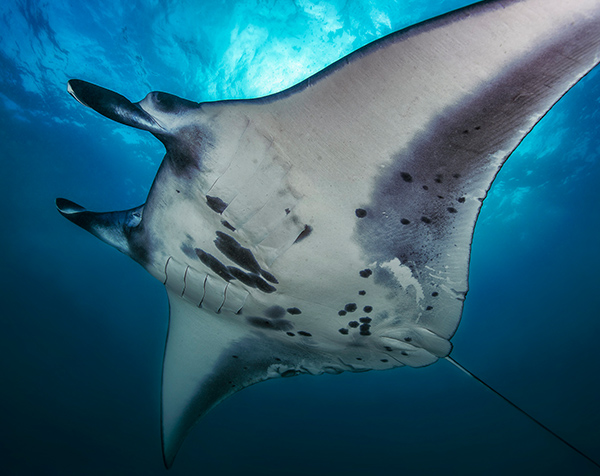
females have an estimated life span of 40 years
• typically give birth to a single pup at a time
On November 13, 2017, Yas Marina’s conservation work in Maratua was presented internationally at the 23rd United Nations Framework Convention on Climate Change (UNFCCC) Conference of the Parties (COP) in Bonn, Germany.
our actions were consistent with our goal
to conserve biodiversity:
we strive to avoid or reduce the potential for significant impacts on sensitive species, habitats and ecosystems
Wild Files is a series on Yas Marina.com that spans the world to cover interesting examples of how we deliver on our commitment to environmental stewardship.
Published: September 2018